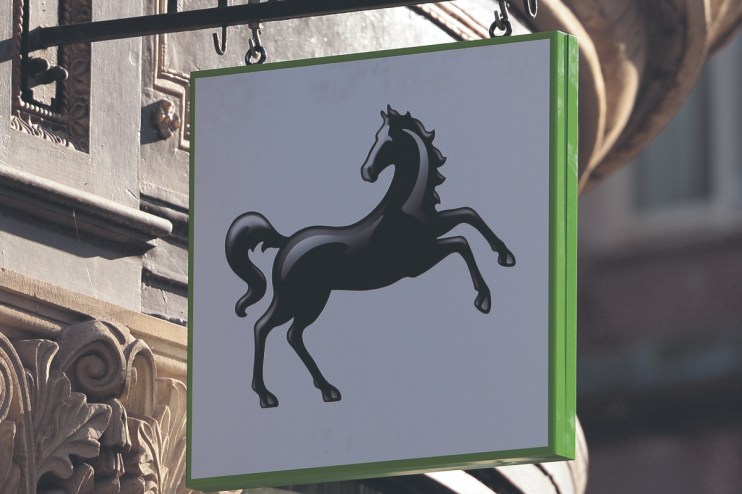Lloyds Bank profit slides as interest rate boom slows

Lloyds Banking Group recorded a slide in profit in the first half of the year after a surge in costs and a slowdown in the amount of cash it was making on the back of interest rates.
The group – which owns Lloyds Bank, Halifax, Bank of Scotland and Scottish Widows – reported a pretax profit of £3.32bn in the six months to the end of June, down from around £3.87bn in the same period last year.
However, the fall was ahead of analysts’s estimates of £3.2bn and comes amid a wider slowdown in banking profits after a record year last year.
Lloyds was among a host of the UK’s retail lenders to rake in profits in 2023 on the back of a series of rapid interest rate hikes from the Bank of England.
However, the bank said its net interest income, the gap between what it pays out to savers and borrowers in interest, fell 10 per cent per cent in the first six months of this year to £6.3bn while the margin between the two rates narrowed to 2.94 per cent.
Operating costs were also up seven per cent to £4.bn.
Group chief Charlie Nunn said it had been a “robust” first half of trading for Lloyds with “solid income performance and cost discipline alongside strong capital generation”.
“We remain on track to meet our 2024 targeted outcomes,” he added. “Indeed, our progress to date enables us to reaffirm 2024 guidance and remain confident in achieving our 2026 strategic objectives and guidance.”
He would press ahead with plans to “successfully transform our Group”, he added.
Lloyds‘ margins have narrowed this year amid intense competition for mortgages and deposits and the expectation that rate-setters would make multiple cuts this year.
Niklas Kammer, banking expert and equity analyst at Morningstar, said: “Lloyds posted a good quarter, slightly ahead of consensus expectations. Net interest margins declined marginally on weaker lending margins driven by competition as well as deposit mix shifts.
“We are yet to see what deposit mix shifts peers will show in the quarter, but the dynamics were well within what we have seen over the recent quarters already. In the second half of the year the structural hedge should begin to outweigh these headwind dynamics.
“Lloyds will have to keep its focus on costs in the second half of the year. Guidance on operating costs was unchanged, however we believe that its investment story is centered around its ability to drive costs back below 50 Per cent of income. Any chances that guidance will not be met or will have to be adjusted upwards could support negative sentiment around the stock.”